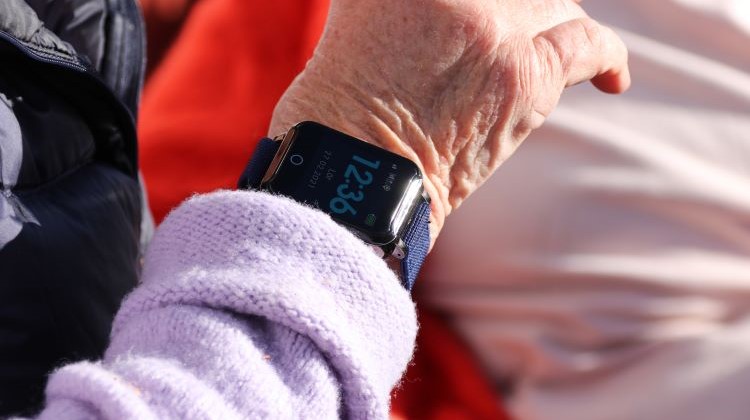Vascular dementia – Life expectancy and impact
Life expectancy and key factors
Life expectancy for individuals with vascular dementia varies widely, but it is generally shorter compared to Alzheimer’s disease. Research indicates that the average survival time after diagnosis ranges from 3 to 10 years, though this depends on individual circumstances. Here are some factors that influence life expectancy:
1. General health and comorbidities
Individuals with other health conditions such as high blood pressure, diabetes, heart disease, or obesity often have shorter life expectancies. These conditions exacerbate vascular damage and may lead to additional strokes or brain injuries, accelerating the progression of the disease. Managing these health issues can positively impact the course of the disease.
2. Age and time of diagnosis
People diagnosed at a younger age, with milder symptoms, typically have a better chance of living longer with vascular dementia. For older individuals, especially those over 75, the disease may be more advanced at the time of diagnosis, which can shorten survival time.
3. Early treatment
An important factor in extending life expectancy is identifying and treating the underlying causes of vascular dementia early. This can involve lowering blood pressure, managing diabetes, and reducing cholesterol levels. Taking steps to reduce the risk of further strokes can slow disease progression.
4. Disease progression and care interventions
Life expectancy is also influenced by how rapidly the disease worsens and the level of care provided. Regular medical follow-ups and cognitive rehabilitation can improve quality of life and long-term outcomes.
Lifestyle and care that impact prognosis
Although there is no cure for vascular dementia, lifestyle changes can play a significant role in slowing the disease’s progression and enhancing quality of life. Regular physical activity, a healthy diet, and avoiding smoking and alcohol are important factors. Physical and cognitive rehabilitation can also help patients maintain their mental and physical functions for a longer period.
Sensorem’s safety alarm has GPS positioning, medication reminders and automatic fall alarm
Sensorem’s personal alarm is an example of a technical aid specially developed for people with dementia. The personal alarm works outdoors and has built-in GPS positioning so that relatives can see the user’s position on a map in the Sensorem app. Relatives are automatically called by the personal alarm (two-way communication) if the user leaves a predetermined geographical area. The personal alarm also has medication reminders, which means that the watch emits a sound and tells the user that it is time to take their medication. The personal alarm can also alert automatically in the event of a fall with the built-in fall sensor.
READ ABOUT HOW SENSOREMS PERSONAL ALARM CAN HELP WITH DEMENTIA

